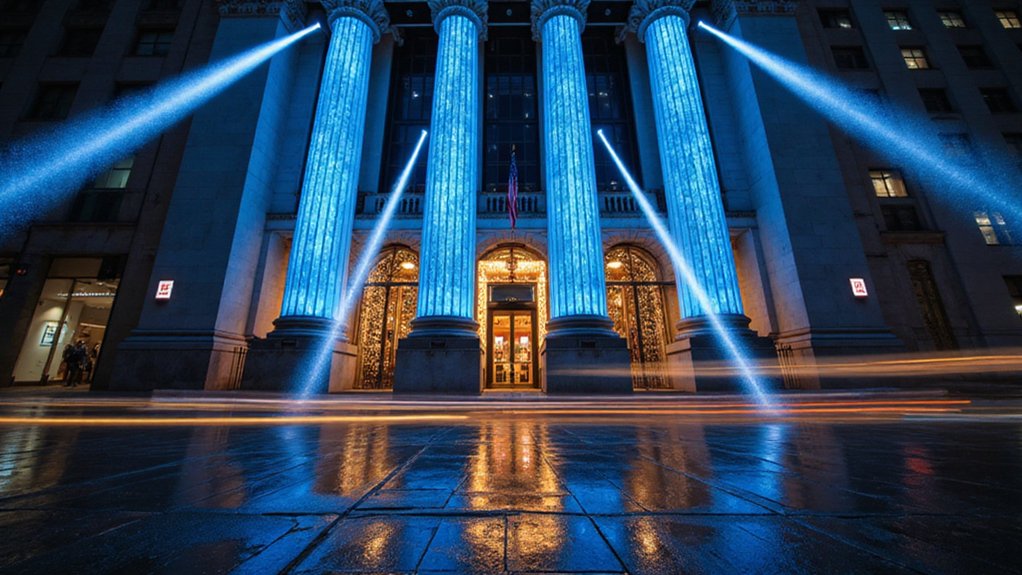Circle Internet Financial has taken what amounts to a regulatory leap of faith, submitting an application to the Office of the Comptroller of the Currency for a federally chartered national trust bank—a move that would place the stablecoin issuer squarely under the same regulatory umbrella that governs JPMorgan Chase and Bank of America.
The proposed First National Digital Currency Bank, N.A. represents more than mere nomenclature theater. Unlike traditional banking licenses that permit deposit-taking and lending (activities that have historically proven quite profitable, if occasionally catastrophic), Circle’s trust charter would focus exclusively on custody services for tokenized assets—stocks, bonds, and the digital detritus of modern finance, though significantly excluding Bitcoin and Ethereum from its primary mandate.
Circle’s trust charter sidesteps traditional banking’s profitable yet perilous deposit-taking, focusing instead on custody for tokenized assets while conspicuously excluding Bitcoin and Ethereum.
This strategic pivot aligns suspiciously well with the GENIUS Act, dollar-backed stablecoin legislation currently traversing Congress with the Senate’s blessing and the House’s pending consideration. Circle’s timing suggests either remarkable prescience or the kind of regulatory arbitrage that would make traditional banking executives weep with envy.
The federal charter offers Circle something approaching regulatory nirvana: nationwide operation without the Byzantine complexity of securing individual state licenses. This removes expansion barriers that have historically constrained digital asset firms to operating in regulatory patchworks that would challenge even the most seasoned compliance attorneys.
Circle joins Paxos and Anchorage in the exclusive club of federally chartered crypto firms—entities that have somehow convinced federal regulators that digital assets deserve the same institutional gravitas as centuries-old banking traditions. The company’s $18 billion IPO valuation certainly doesn’t hurt its credibility argument. While Circle focuses on institutional-grade stablecoins, other digital currencies like Dogecoin have evolved from internet memes into legitimate investment options with dedicated communities.
Under this arrangement, Circle would serve as custodian for USDC reserves currently managed through BNY Mellon and BlackRock, utilizing Treasury bills, cash, and liquid assets. The move positions USDC as the regulated alternative to Tether’s USDT, which operates with considerably less regulatory enthusiasm for transparency. This initiative represents a transformative moment for the cryptocurrency sector as digital assets integrate more deeply into traditional financial services infrastructure.
Should the OCC approve Circle’s application, the decision could catalyze institutional adoption of USDC while potentially triggering broader market confidence in regulated stablecoins. The precedent would establish banking compliance as the preferred path to legitimacy rather than the regulatory limbo that characterizes much of the cryptocurrency ecosystem.









